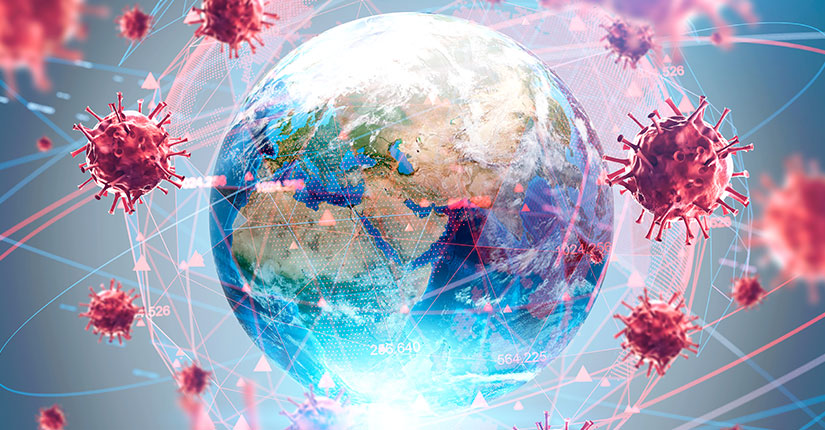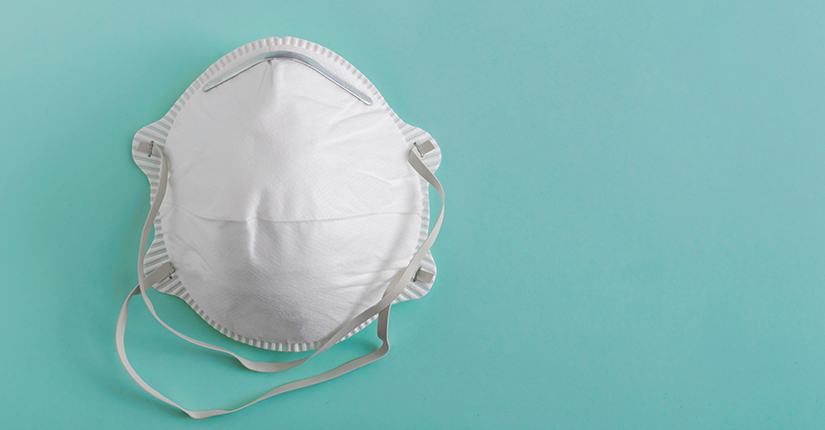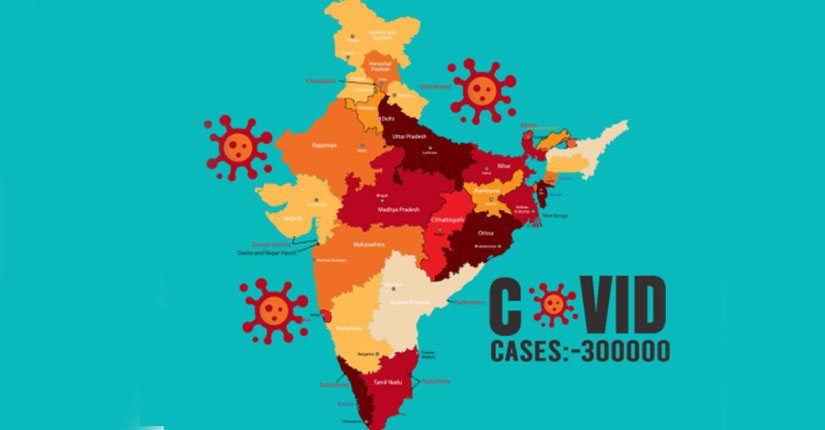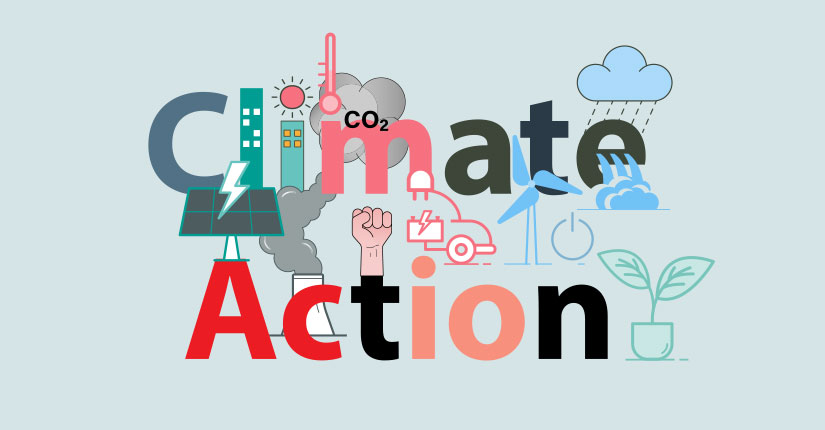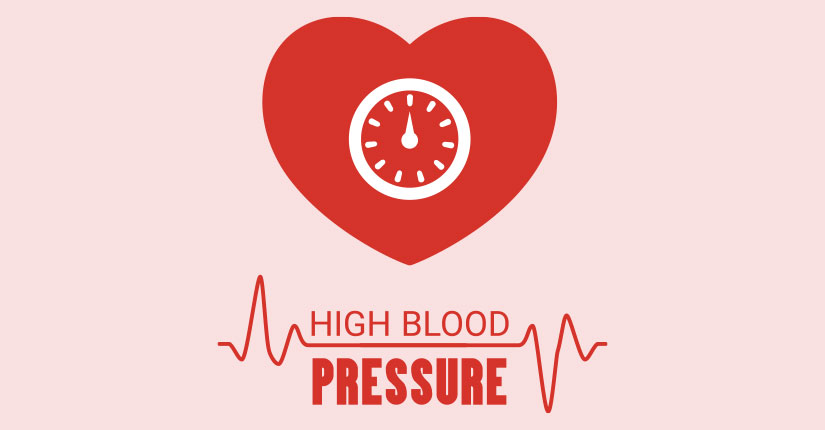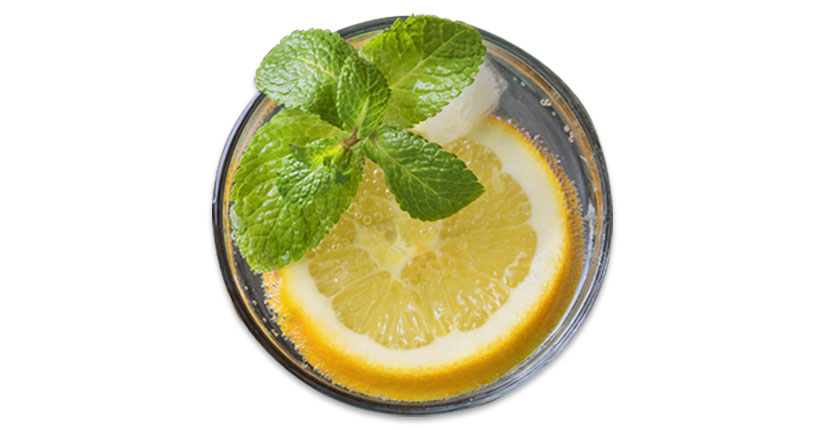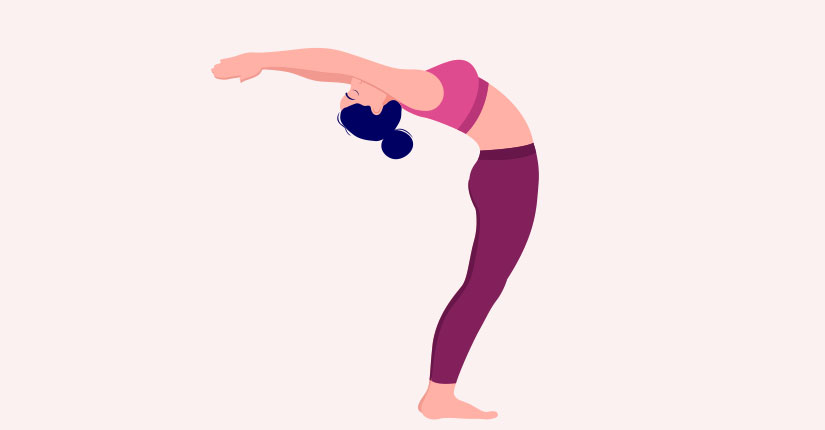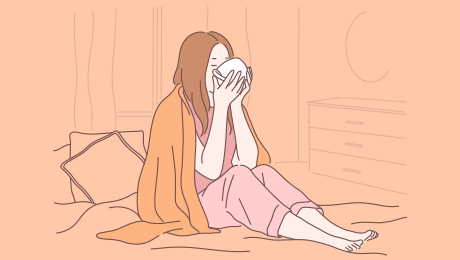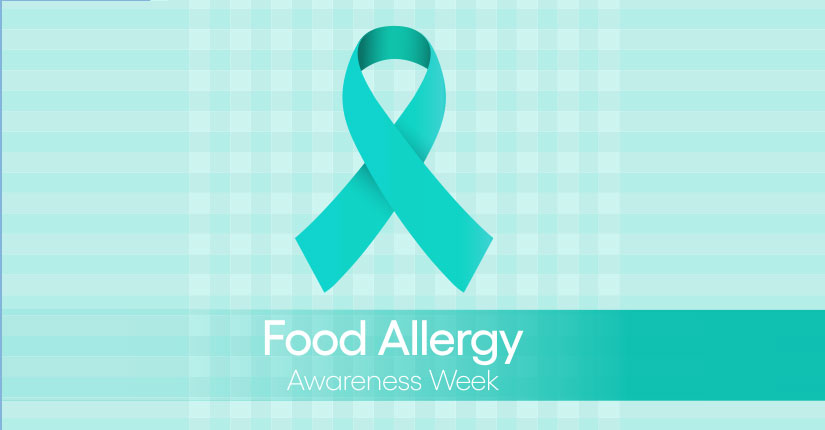WHO Tweeted About 5 Moments Of Hand Hygiene Care In A Maternity Unit
By Nmami Agarwal 10-May 2022 Reading Time: 3 Mins

Nurses and midwives are central to Primary Health Care and are often the first and sometimes the only health professional that people see and the quality of their initial assessment, care, and treatment is vital. They are also part of their local community by sharing its culture, strengths, and vulnerabilities and can shape and deliver effective interventions to meet the needs of patients, families, and communities. Midwives do not just attend births, they also provide antenatal & postnatal care & a range of sexual & reproductive health services, inclusive family planning, detecting & treating sexually transmitted infections
Some Facts:
- Approximately 27 million men and women make up the global nursing and midwifery workforce. This accounts for nearly 50% of the global health workforce.
- There is a global shortage of health workers, in particular nurses and midwives, who represent more than 50% of the current shortage of health workers.
- The largest needs-based shortages of nurses and midwives are in South East Asia and Africa.
- Nurses play a critical role in health promotion, disease prevention, and delivering primary and community care. They provide care in emergency settings and will be key to the achievement of universal health coverage.
- Achieving health for all will depend on there being sufficient numbers of well-trained and educated, regulated, and well-supported nurses and midwives, who receive pay and recognition commensurate with the services and quality of care that they provide.
Globally, 70% of the health and social workforce are women compared to 41% in all employment sectors. Nursing and midwifery occupations represent a significant share of the female workforce. It’s the International Day of the Midwife and also on the occasion of Hand Hygiene Day, the World Health Organisation tweeted about the moments for hand hygiene care in a maternity unit.
- Before Touching The Woman/Newborn- before taking vitals or listening to the fetal heartbeat.
- Before Cleanse/Aseptic Procedure- before the vaginal examination. Cord-cutting and clamping, and taking blood.
- After Body Fluid Exposure- after vaginal examination, delivering the placenta, and handling an invasive medical device.
- After Touching The Woman/Newborn- after touching skin or performing a bath.
- After Touching The Woman/Newborn’s Surroundings-after touching the woman or newborn’s bed space or the woman’s chart at the bedside.
Over To You:
Initial care for both the women and the newborn has to be essentially safe and there must be hygienic care provided to them by the midwife.

